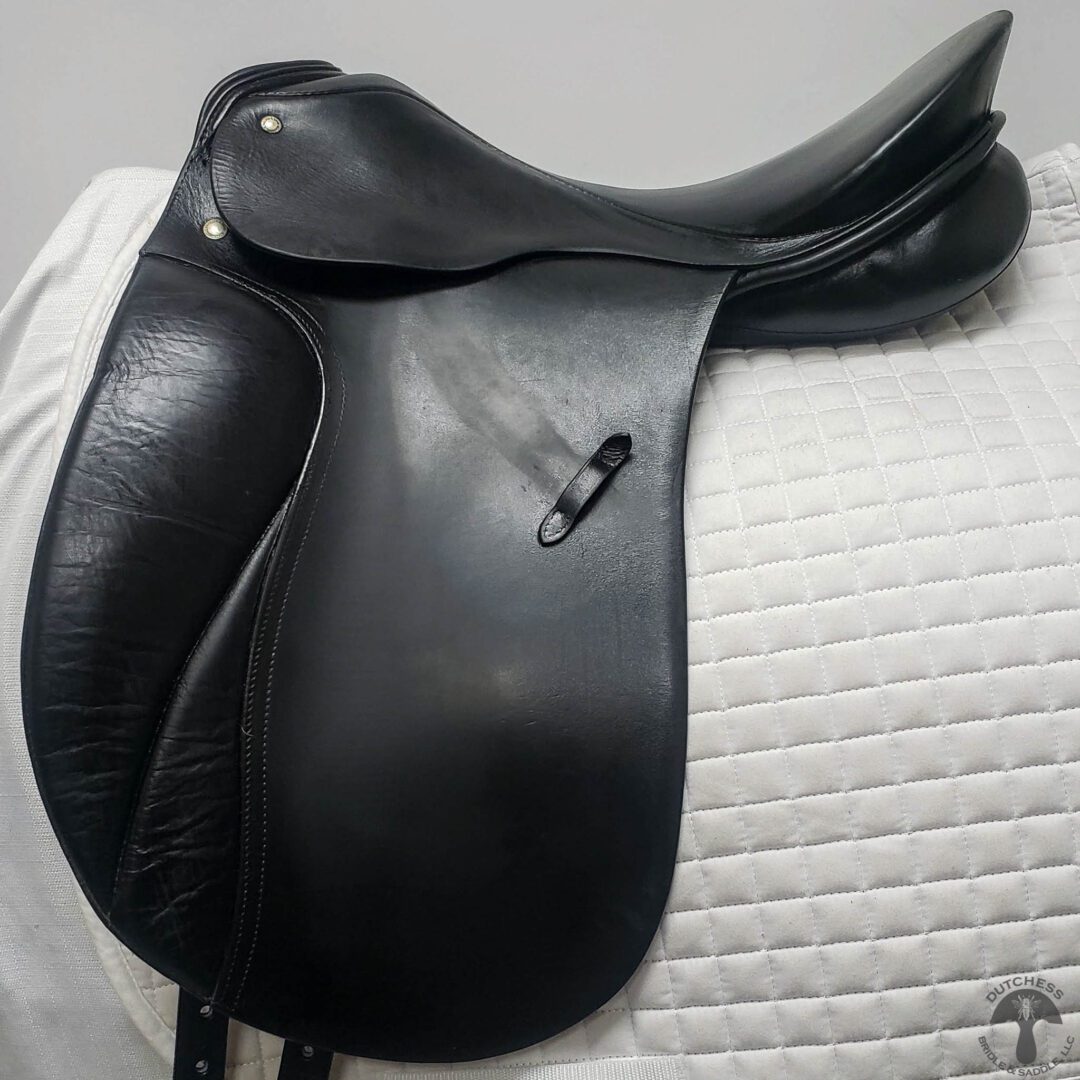

#Passier dressage saddle professional#
A professional saddle consultant can be sure that your ideal twist is appropriate for your horse's build.Ĭonsider these guidelines as you look for your perfect fit in a dressage saddle. If a twist is too narrow for you, your thighs won't feel supported. A twist appropriately sized for you will allow your legs to hang down softly. This could force you into a chair seat position, which puts you behind the horse's movement. If you sit in a saddle and feel like you're sitting on a wide board, then the twist is too wide for your build. The width of the strip of leather over the twist does not necessarily indicate the width of the twist. The twist occurs where the bars of the tree "twist" to form the transition between the front and back of the tree. The front of any saddle tree has a steep angle to accommodate a horse's withers, while the back of the tree has a flatter angle to accommodate a horse's back. The twist is located behind the pommel at the front of the saddle's seat.

The "twist" of a saddle is also a personal choice, though it is an aspect of saddle tree design intended to accommodate the horse's shape more than the rider's.

Thigh blocks designed to support your legs- long, short, large, small, external or under the flap -and the depth of the seat, are matters of personal preference.
#Passier dressage saddle full#
Long flaps on dressage saddles encourage a long stirrup length to maximize your ability to keep a relaxed leg in full contact with your horse. A saddle that fits you and your horse well will make achieving a good position easy. Guidelines for Sizing a Dressage Saddle to a Riderįor dressage, you need to sit deeply in a neutral, balanced position on your horse. Two-step cleaners usually advise following cleansing with a conditioner that will soften and protect the leather. One-step leather cleaners also condition your leather as you wipe away grime. Always follow saddle manufacturer's guidelines when considering commercial leather cleaners and conditioners. Additionally, some suede, buffalo or patent leather may require special care according to the saddle maker. Almost every tack manufacturer has a recommendation or product preference for cleaning and conditioning its saddles, and some manufacturers produce their own. Newer methods of cleaning your saddle involve convenient and easy-to-use tack cleaning and conditioning products follow the manufacturers' label instructions on any product you choose. Apply a thin layer of glycerin soap (no suds during this step) to your leather to seal its pores and keep it soft, but not sticky. When the leather feels smooth and clean, rub a nearly dry sponge or rag against the glycerin soap bar. The economical glycerin soap method of cleaning involves wiping your saddle with a moistened sponge to remove dust and dirt. Once weekly, clean and condition all leather surfaces of your saddle using either the traditional glycerin soap method or a specially formulated leather cleanser. They may require more frequent conditioning than other parts of your saddle. These critically important straps are the most likely area of your saddle to wear first as they are exposed to horse sweat and are always placed under great pressure during use. Pay particular attention to removing grime from the billet straps. Care for your saddle properly to ensure it can provide years of service.Īfter every ride, wipe perspiration and footing dust from your saddle with a barely moistened rag.


 0 kommentar(er)
0 kommentar(er)
